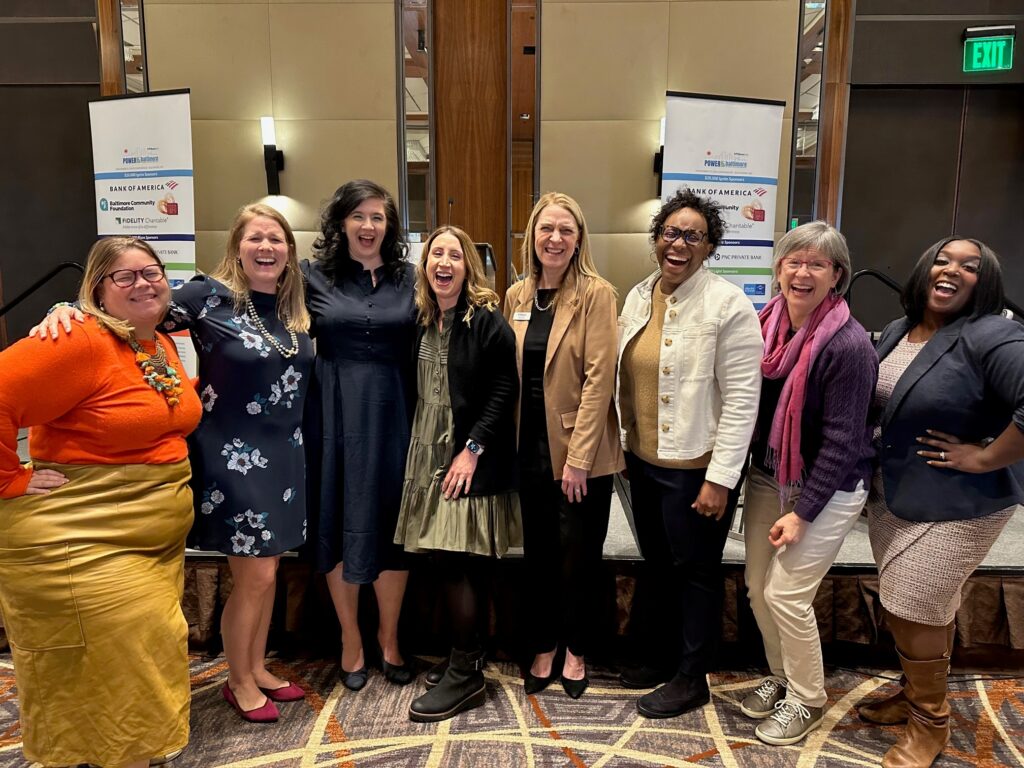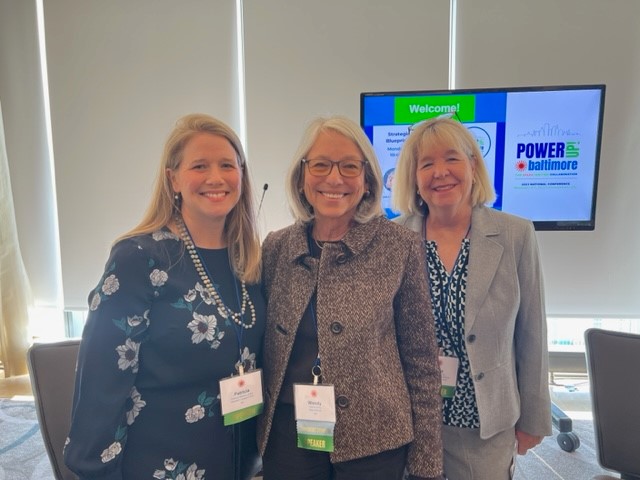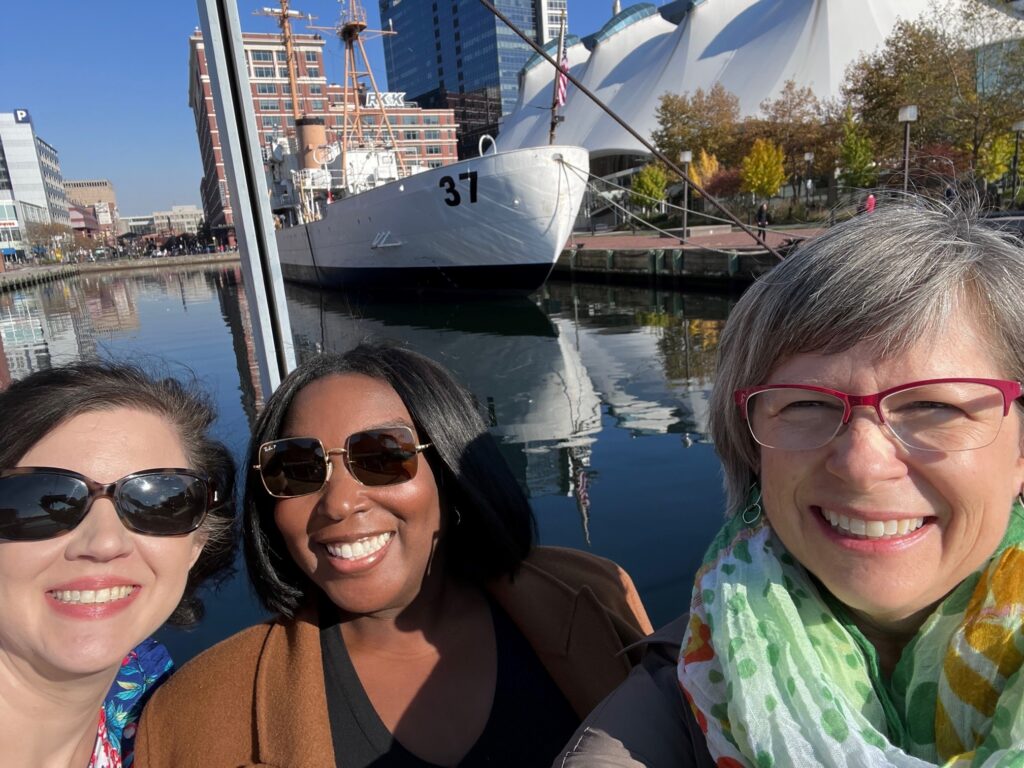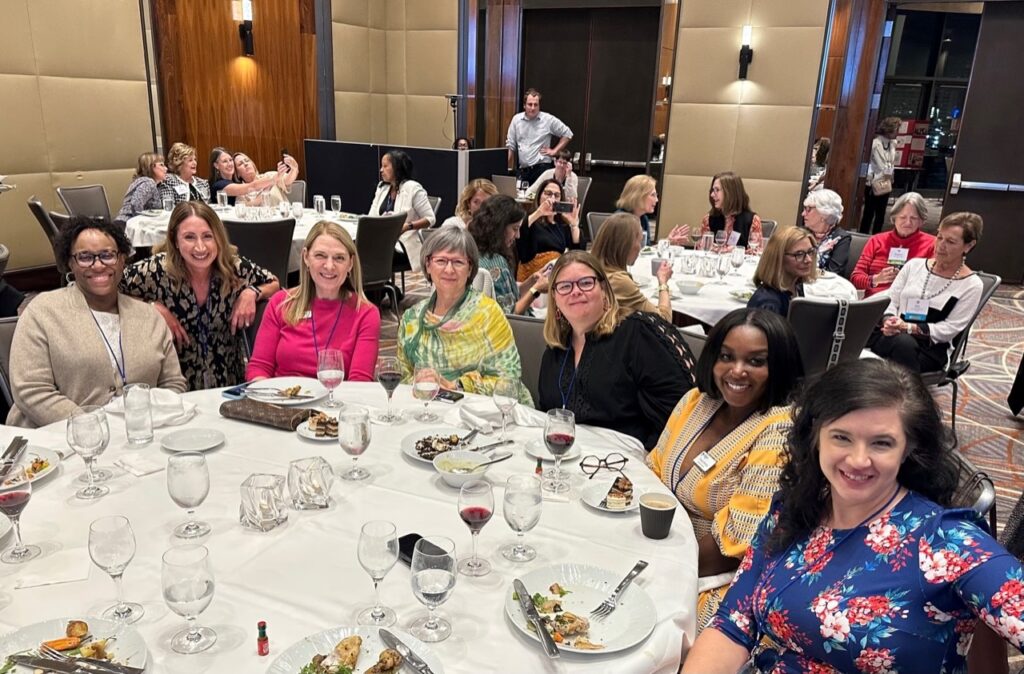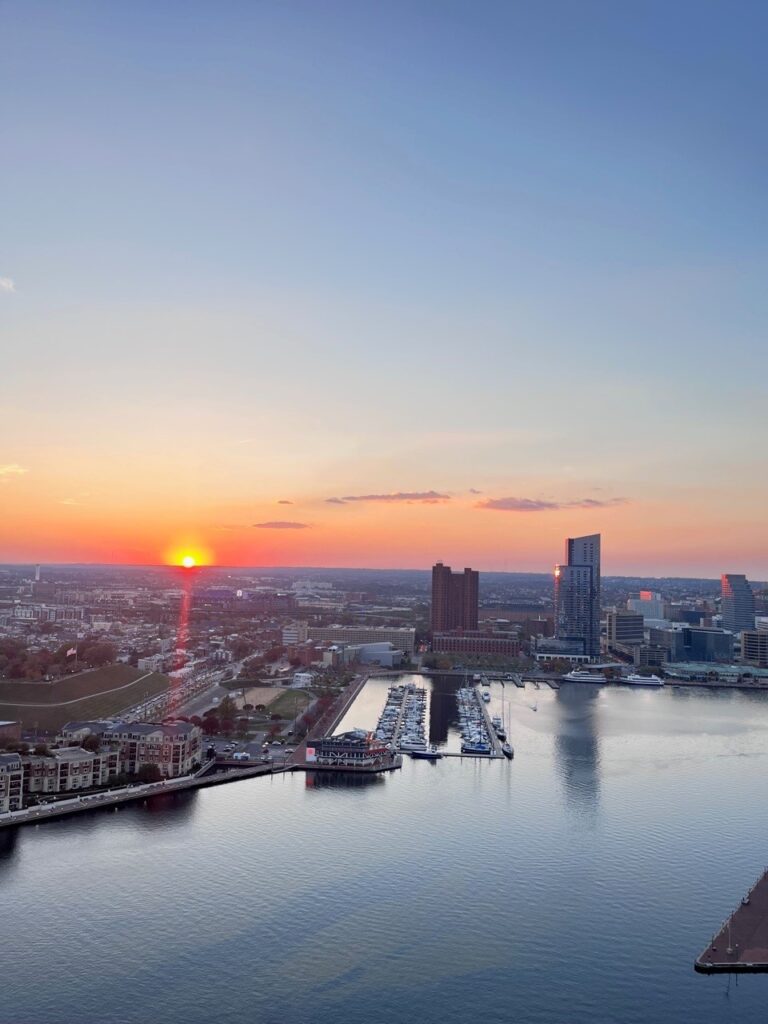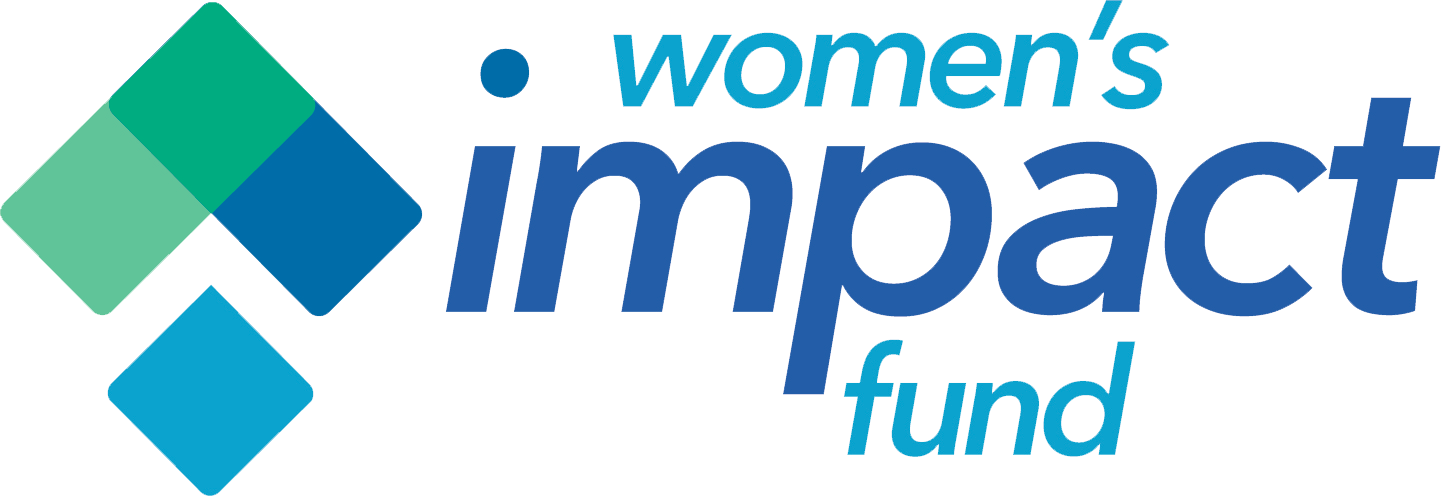Crowd Your Table for More Impactful (and Fun!) Philanthropy – Notes from Philanos PowerUp! Baltimore
By Michelle Cottrell, Membership Chair (originally appeared on LinkedIn)
Last weekend, I joined 300+ leaders in the #collectivegiving movement in Baltimore for a fantastic gathering put on by Philanos. My theme song for the weekend – The Highwomen‘s Crowded Table. The Highwomen are a supergroup of women country music stars who came together to collaborate and promote the representation of women in country music during the bro country era.
Lyrics from the song:
I want a house with a crowded table
And a place by the fire for everyone
Let us take on the world while we’re young and able
And bring us back together when the day is done
If we want a garden
We’re gonna have to sow the seed
Plant a little happiness
Let the roots run deep
If it’s love that we give
Then it’s love that we reap
If we want a garden
We’re gonna have to sow the seed.
~ Crowded House by The Highwomen
So we’ve got impressive women coming together and planting love – the root of philanthropy – just like the way our #collectivegiving organizations bring us together to make a larger impact than we could on our own through pooling our funds and talents! It’s amazing to see the recognition and investment coming from Fidelity Charitable® Trustees Investment Grants in collective giving organizations like Philanos, Grapevine, and Philanthropy Together which are organizations that are strengthening connections between donors and promising nonprofits.
But our decisions are only as good as the people at our table and I was delighted to see many conversations about how to make our tables more representative and inclusive AND how to partner more authentically with our NFP partners.
- Lisa Hamilton of the Annie E. Casey Foundation spoke about getting proximate to issues via listening, learning, and leading. She gave fantastic examples of policy changes to the foster system inspired by deep conversations with foster youth and a super cool program from Baltimore’s Promise where the Youth Grantmakers are given autonomy to choose the focus areas, evaluate proposals, and distribute $525K in funds provided by sponsor organizations. A few of the Philanos giving circles are working on place-based grantmaking where dollars are directed via community members (not necessarily the givers) with deep knowledge of their community and its needs.
- Tomalita Peterson of the Baltimore American Indian Center gave 7 fantastic ways to support Indigenous communities – including appreciating their art. If you’re in Baltimore, check out Indigenous Art Gallery Baltimore Center Stage. Hit me up for recommendations in DC from my recent trip!
- Hanh Le of If, A Foundation for Radical Possibility discussed where we get our money stories from and delved into 3 Harmful Narratives that Impact our Economic Policy (and Giving) – Personal Responsibility/Toxic Individualism, Personhood, and Traditional Notions of Work + Anti-Blackness/Racial Resentment. Ask yourself: What are the harmful questions you’re asking in your giving? What is this need to control how poor people are spending their money?
- Kerrien S. gave a really hard-hitting presentation on Awake (focus on representation), Woke (belief that different lived experiences strengthen teams) to Work (true focus on the impacts of systemic racism and how they impact your organization). Dive into this concept here
- Victoria Vrana debunked a few myths of philanthropy like non-profits should be grateful to donors (OR maybe donors should be grateful to the people who spend their time and talent on these key social issues) and donors have all the power (OR maybe we need to recognize and amplify the power of non-profits and their leaders – subject matter expertise, lived experience, connection to community, etc)
- In addition to some fabulous keynotes, we also spent time on more tangible/operational sessions. From how to support our non-profit partners with volunteering to how to recruit and retain members, I got some great ideas! I was delighted to see a session on “Inviting Economic Diversity and Inclusion: What If All Members Don’t Give the Same Contribution?” I particularly want to fangirl Tatiana Joyce a young professional who got involved in giving circles early (we need more of you!) and is now on the Board of The Philanthropy Connection in Boston. In the session, there was a lot of discussion of the how of having different membership levels, but I believe the WHY is so strong (economic contribution is not our only value in collective giving and not everyone has the same resources) that it is imperative to figure it out. I’ve been delighted that we launched a pilot for a lower dues level at Women’s Impact Fund and hope that any woman in Charlotte who hasn’t joined due to the contribution will consider the new option! Learn more here!
- In terms of future trends in #collectivegiving, I think advocacy will be huge. Philanthropic dollars available will always be overshadowed by government funding and policies matter a lot to our ability to be successful change agents. Many people think of advocacy as a national and political thing, but effective advocacy can be at the local and state levels and can include policy/regulatory changes. Some of it is just common sense – like the work Abigail Seldin has done with co-locating HeadStart preschools at Community Colleges and getting bus stops at local HeadStarts. These changes actually benefitted everyone involved, it was just a matter of connecting the dots. I don’t quite have a plan yet, but I look forward to thinking about this piece of my philanthropy going forward. Check out Bolder Advocacy to learn about how you advocate within your organization’s tax structure.
So my table was full, my brain is fuller, and I look forward to convening with the ladies of Philanos at the next opportunity!
